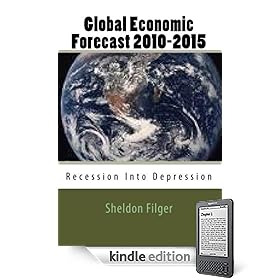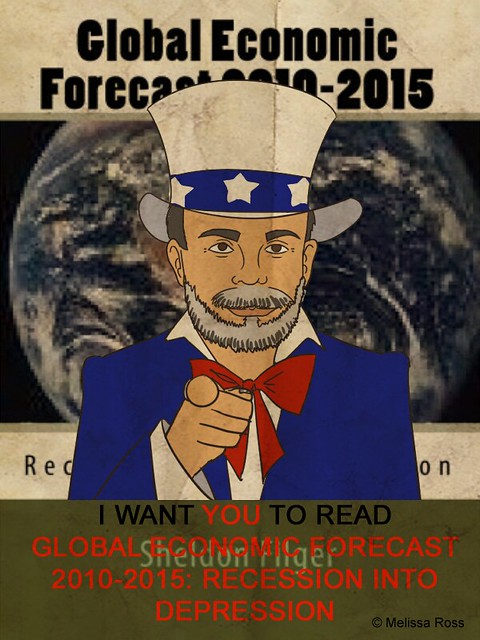Global Economy on the Precipice of a 1930s Style Depression: Inflation, War Threats and Covid
Now that the U.S. Federal Reserve and other central banks have been finally forced by reality to abandon the fiction that inflation was a transitory phenomenon, they have hinted at upcoming interest rate rises during the course of 2022. However, having been so wrong in policy measures thus far, it is highly likely that the Fed will be equally error-prone in the coming months. In the meantime, other factors are at play, beyond the grasp of any central bank’s efforts.
Instability is a toxic brew for economics, and the first weeks of 2022 already point to a year of geopolitical disarray. The Biden administration has gone public with warnings that Russia is about to invade Ukraine, stampeding its NATO allies into joining the anti-Putin hysteria. Even if the prediction of a Russian invasion should prove false, the loud manner that Washington has dealt with the issue assures greatly heightened tension in Europe, creating new strains on the world’s economic order. This is already reflected in the continuing rise in energy prices, including oil and natural gas, with the latter being a manifestation of European dependency on Russian energy exports. Added to this are the growing signs that the negotiations over Iran’s nuclear program are not going well. Should they collapse, this will create the growing danger of war in the Persian Gulf region, and the possible closure of the Straits of Hormuz, through which 30 percent of oil exports worldwide traverse. That alone would conceivably double or triple oil prices, virtually overnight.
Ukraine and Iran are not the only flashpoints on the horizon. North Korea continues its belligerent weapons testing. It is not inconceivable that it will conduct another nuclear weapons test during the course of 2022. In the meantime, there are growing strains between China and the U.S. over Taiwan.
While the geopolitical stability of the world continues to erode, the Covid pandemic is entering its third year, with no signs that its debilitating impact on global supply chains and normative economic activity will be ameliorated in the near-term.
In the meantime, opaque crypto-currencies have become major factors in the world financial order, posing dangers similar to that of derivatives during the 2007-09 Global Financial Crisis, but to a much higher degree.
With all the warning signals indicated above, this is the time that the Federal Reserve will have to begin lifting its near zero interest rates and end its lavish quantitative easing. The odds are that these policy measures will prove insufficient in arresting high inflation increasingly being nourished by factors unrelated to sheer monetary policy. What is more likely is that the Fed will stumble and likely precipitate a collapse of the asset bubbles it has created in the equities and real estate markets. All these factors point to not only a severe global recession, but something much worse; depression 1930s style.




